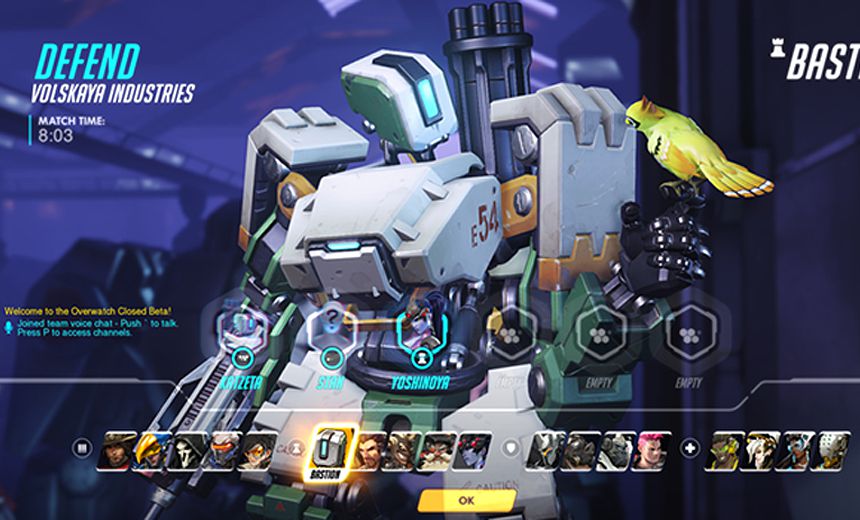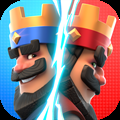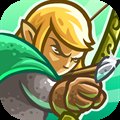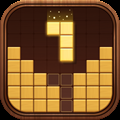Let's show you why hero switching works (even in pubs)

Despite having MOBA elements present in its gameplay, Overwatch couldn’t be further from League of Legends or Dota 2 in the way hero selection works. Hero picks are dynamic: A player could play every hero in the game or only one throughout the span of a single match. Yet neither of these are truly optimal. The element of dynamic hero switching comes from understanding when and why to switch.
The pros are ready
Professional players of course understand this and implement it into their strategy. Take map 1 of game 1 between mix^ and EnVyUs, for example:
EnVyUs on defense run a lineup of 2 Lúcios, Symmetra, Genji, McCree and Reinhardt. A fairly safe lineup, one they're comfortable on, and one that is versatile as they won’t have much opportunity to switch up on the defense side. Meanwhile, mix^ on offense runs a lineup of Genji, Tracer, Symmetra, Lúcio and 2 Zenyattas. An incredibly aggressive strategy dubbed “Orb-ital Destruction” by some, it relies on constant aggression from the Tracer and Genji that prevents the defensive team from ever being able to establish themselves. If a team is wiped by this composition in the first minute, it usually snowballs to a fast win for their offense as they can never set up safely again.
Within the first minute, EnvyUs was wiped. For most teams this would be game over; their defense had been destroyed and Genji and Tracer would never let them set up again. Yet EnvyUs understood the importance of hero switching. Rather than stay on their current composition and try again, they immediately switched off of their Symmetra, Genji and Reinhardt to a Soldier: 76 and 2 Meis for a final composition of 2 Lúcios, 2 Meis, McCree and Soldier 76. This composition couldn’t get kills anywhere nearly as easily as the one they had before, but it could do something the other one couldn’t: delay. Since EnvyUs understood that the Orb-ital Destruction strategy was based entirely around momentum and flanking and it had the start it needed to take over the game they couldn’t fully stop it. But they could slow it down.
Don't you just hate getting delayed by a blizzard?Using the crowd control of their Meis they were able to slow mix^’s aggressive composition enough to add an extra few minutes that ended up being the difference maker onto what could have otherwise been a very short game. This isn’t an isolated instance either; tune into any tournament to see an obvious pattern: the stubborn team that sticks to its first draft is more often than not the one that ends up losing. The team that is willing to switch it up will find more success.
But it’s not just about picking for the enemy’s composition. The picks of Overwatch are influenced by map choice as well, even going so far as to have certain stretches of map fit certain heroes more. Junkrat is run on King’s Row almost every time but sees little play elsewhere, for example. On the first point of Hollywood the defending team may have Torbjörn, Symmetra, Lúcio, Reinhardt, Soldier 76 and Reaper. They lose the first point quickly, but decide they’ll change to a lineup of D.Va, Mercy, Pharah, Junkrat, Tracer and Zenyatta, all heroes that are good at taking to the roofs that overlook the street the payload must move through. From there they dominate because the offense can’t push safely with all of the aggression coming from an area they can’t attack easily. They use the heroes that have an advantage on that section of the map and win because of it.
What about pub play?
Maybe it seems futile to switch heroes if it feels like the entire team composition needs to change. But even a pub player's decision to switch can make a difference:
As Jesse Cox shows, a single switch may be enough to win the game. Symmetra wasn’t working out for him, so he decided to switch to Mei since she does well against the enemy’s composition and is good on Temple of Anubis. That switch was enough to get his team back into the game and win it. Hero switching applies at all levels and to all players; from a new player to the pros, a single switch could be the difference between a win or a loss.
It’s all about picking for the situation. The map, section of the map, the enemy’s picks and your ally’s picks, offense or defense; they all have an impact on what is the best pick for the situation. The most important thing is that if a pick isn’t working it’s time to change. Coming from MOBAs, or even a more comparable game like TF2 it may seem like the best thing to do is to pick a favorite hero and just play it. But Overwatch is so much more complicated than that. A single bad pick easily snowballs into a loss. Winston may be good on some maps but bad on others. Symmetra may only be good for the first point and then be useless after that. Zenyatta may be good against Zarya but if there’s a Roadhog he’s useless. There are 21 heroes in Overwatch, some are going to be good on some maps and bad on others, some are going to be good against some heroes and bad against others. Overwatch is a giant arms race in the literal and metaphorical sense. It’s all about picking the best thing for the situation, and for that experimentation and persistence is necessary.
For more competitive Overwatch news, follow us @GosuOverwatch.













